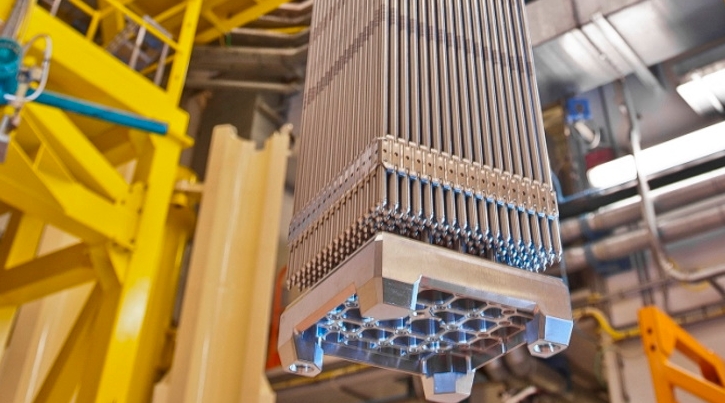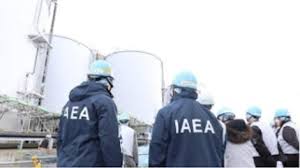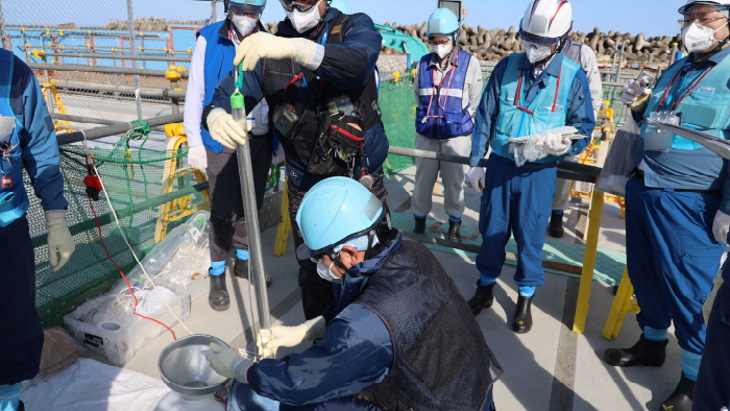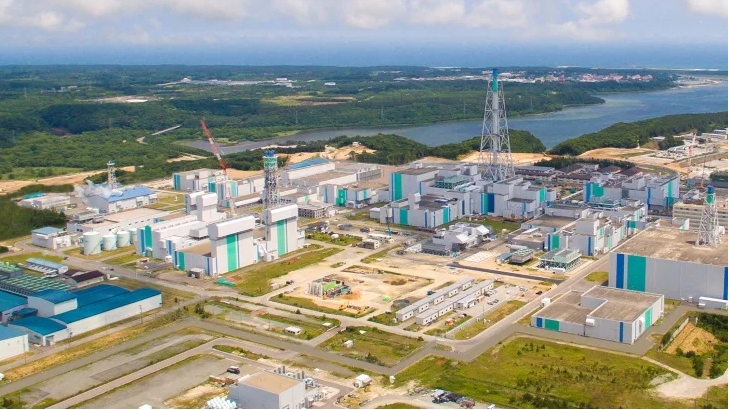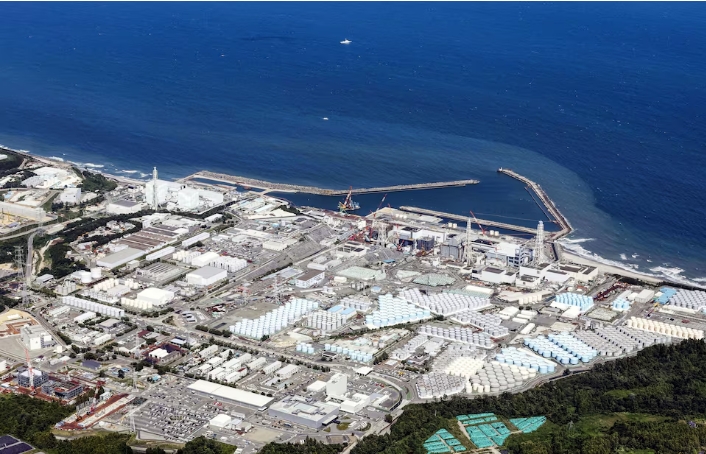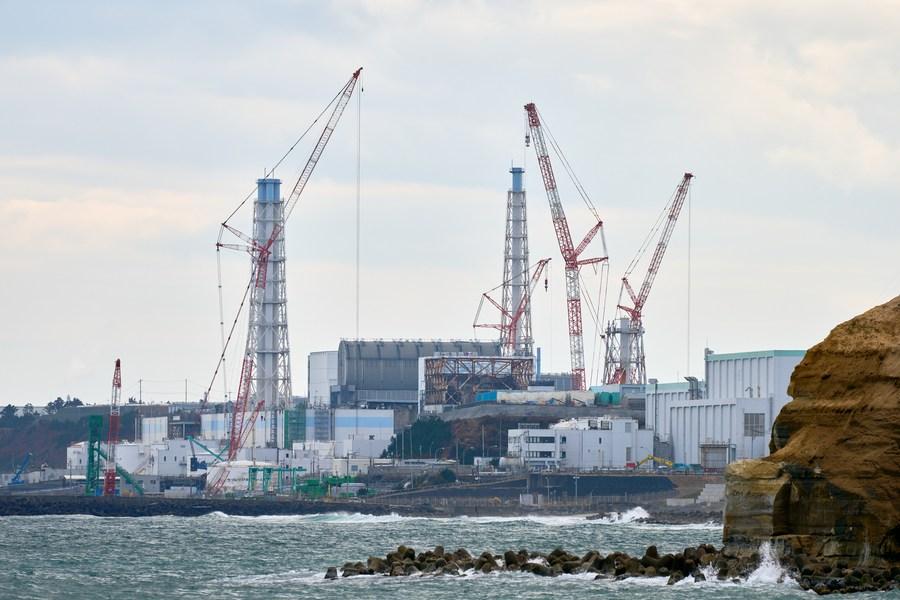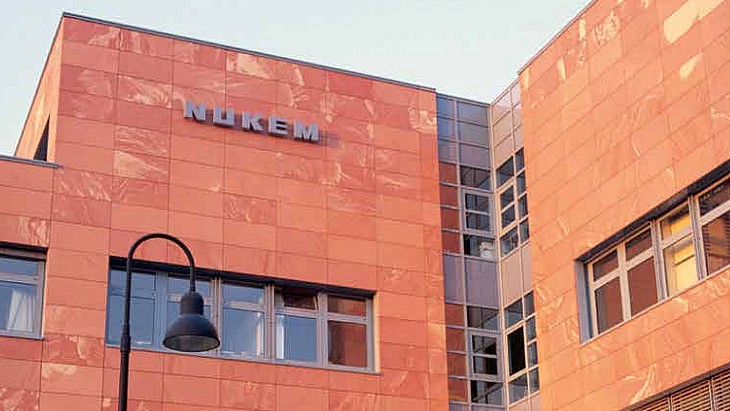US Programme to Drive Down Cost of Distributed Wind Energy
12 Aug 2020 by Lydia Woellwarth
The US Department of Energy’s (DOE’s) National Renewable Energy Laboratory (NREL), with funding from DOE’s Wind Energy Technologies Office, works with dozens of small business across the US to advance wind technology as a distributed energy resource through the Competitiveness Improvement Project (CIP).Yesterday, the DOE announced eight new CIP projects that will make distributed wind energy more cost competitive, improve its interoperability with other distributed energy resources, and increase the number of small and mid-scale wind turbine designs certified to national testing standards.
Launched in 2013, the CIP supports manufacturers of distributed wind technology – typically small and medium scale wind turbines – through competitively-awarded, cost-shared projects aiming to: 1) optimise designs for increased energy production and grid support; 2) test turbines and components to national standards to verify performance and safety; and 3) develop advanced manufacturing processes to reduce hardware costs. Beyond funding support, awardees can receive technical assistance from NREL to improve their turbine designs and testing plans. Since 2013, NREL has awarded 36 subcontracts to 20 companies, totalling US$7.75 million of funding, while leveraging US$3.79 million in additional private-sector investment. The selections add US$2.6 million in DOE funding, bringing the total DOE commitment to over US$10 million, and leveraging over US$5 million in industry cost-share.
“The CIP has advanced the state of distributed wind technology in the US, reducing the cost of some designs by more than 50%. CIP also supports the electrical, performance, and safety certifications of next-generation technologies, which is important for competitive market entry and export,” said Daniel Simmons, Assistant Secretary for Energy Efficiency and Renewable Energy at DOE.
The projects selected through the most recent CIP solicitation continue the trends of developing turbines with larger rotors and advanced controls integrated with energy storage.
Carter Wind Turbines (Wichita Falls, Texas) is receiving two awards. The first is to develop and implement a new 36 m rotor for Carter’s 300 kW two-bladed downwind turbine, more than doubling the rotor swept area of the current model. The second award will implement a new generator and control system for the 36 m rotor design that also enables integrated energy storage.
Matric Limited (Seneca, Pennsylvania) will finalise the development of the Intergrid 25 kW wind power inverter and establish commercial manufacturing capability, including automated assembly line testing, to deliver over 1000 units per year. This will provide a modular inverter that can be used by 10 - 50 kW wind turbines integrated with storage and other distributed energy resources.
Pecos Wind Power (Somerville, Massachusetts) will build on its earlier pre-prototype development award for a new 85 kW turbine designed to operate in lower wind speeds by optimising the rotor, nacelle assembly, and controller to increase power production, reduce loads, and reduce system weight and cost.
QED Wind Power (Tucson, Arizona) will complete the certification of its 20 kW wind generator to UL electrical safety standards.
Star Wind (East Dorset, Vermont) will conduct type certification testing to verify performance and structural safety of its 45 kW, low-wind-speed optimised, six-bladed horizontal axis wind turbine.
United Wind LLC (Stowe, Vermont) will complete prototype testing of a new wind plus storage system – including a low wind speed rotor, advanced system controls, and integrated storage for its 95-kW wind generator – allowing this system to provide resiliency and flexibility to support local grid operations.
Windurance LLC (Coraopolis, Pennsylvania) will build on the existing single-phase Intergrid 25 kW wind power inverter platform to verify design, manufacture test units, and conduct certification testing of a modular three-phase, 480 V inverter and control system for wind generators in the 50 kW to 300 kW size class.
Mirroring a trend seen with larger wind turbines, most of these projects are developing small or medium-size wind turbines with longer blades and larger rotors, allowing them to capture more energy even in areas with lower wind speeds. These larger rotors create a need to reconsider the drive trains, turbine controls, and support structures, not only to increase energy production, but also manage loads and reduce system weight and cost.
Several of these projects will work to integrate energy storage with their systems in order to provide grid support services and resiliency. A critical component for integrating energy storage is the power converter. Two projects will build on recent work funded under the CIP to develop and manufacture a modular, high efficiency wind-specific power converter that will be compatible with a variety of wind turbines.
The DOE Wind Energy Technologies Office supports CIP in alignment with the Office’s goals to make wind energy cost-competitive, improve interoperability with other distributed energy resources, and increase the number of wind turbine designs certified to national testing standards.
